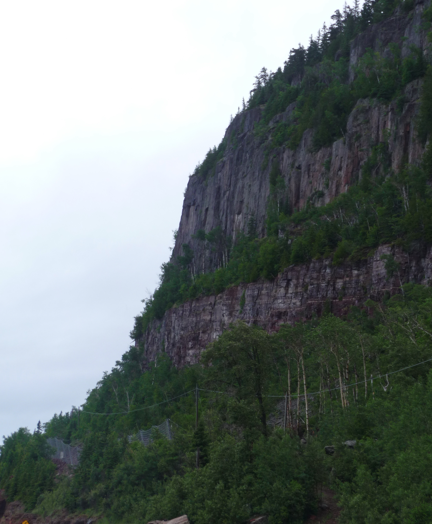
The revelation earlier this week that Canadian Cycling hero Ryder Hesjedal had been a doper and a cheater came as no surprise to those of us who have spent good chunks of our lives involved in the world of elite cycling. Road racers claim the culture of doping gives them no choice but to cross the line into dishonesty to survive in their sport. Clean cyclists are robbed of their funding and their ability to make a living when cheaters hog the podium, and some of the best athelete role models never get to compete for their country.
Cheaters also “hog the podium” in school.
In a culture of learning, there should not be a “podium”, but we all know that there is. It’s called “Recognizing Excellence” or “Academic Awards”, or some other such thing that allows us to celebrate the “winners” of the competition called school.
Ryder Hesjedal chose to race on a bicycle and he chose to cheat to win. Jesse Jakomait continues to choose to race on a bicycle and chose NOT to cheat to become an Olympian. Choosing to compete can be healthy and fun and push you to stretch your personal limits if it works for you, but it is a choice.
But children do not choose to come to school. They have to.
They come to school to learn, not to compete for marks. We know that learning works best in an environment of collaboration. Competition for the highest mark, and practices like bell-curving, work against collaboration, and against best learning.
We know that feedback from teachers is a powerful way to move learning forward, and we know that when that feedback is accompanied by a number, a grade, students look at the grade and ignore the feedback.
This recent article/interview on CBC Radio Day 6 outlines the problem of awards and extrinsic awards for learning:
Changing the rules of the game is hardest for those who are winning at the game, as demonstrated by the interviews of “furious parents” at the beginning of the audio interview.
And when learning is a competition, just like elite cyclists, students cheat.
As a Principal, I spent more than a few hours dealing with students who “cheated” on tests, exams and assignments.
But why do kids feel they need to cheat? If kids are supposed to be learning in school, how does cheating enter the picture?
It comes down to how performance differs from learning. Comparing yourself with others, fighting for the highest mark, competing for a spot in a university program or trying to meet parent demands for high marks sets students up to find the easy way out, which can be cheating.
This math major says it well. Math is hard, but you can do it. “Stop comparing yourself to that other student!”
Schools need to be a place where children and young adults feel valued, are encouraged to reach their full potential, and learn to work with others to achieve excellence. There is no room for the message that winning is the only thing we value.
Save that for the cyclists.
Note: Thanks to Louise Robitaille (@Robitaille2011) for sharing this thoughtful post by @terryainge: https://deltalearns.ca/terryainge/2013/10/28/understanding-assessment-how-i-fell-out-of-love-with-the-grading-program/
Please also see this collection by Chris Wejr (@chriswejr): http://chriswejr.com/thoughts-on-awards-ceremonies/

















